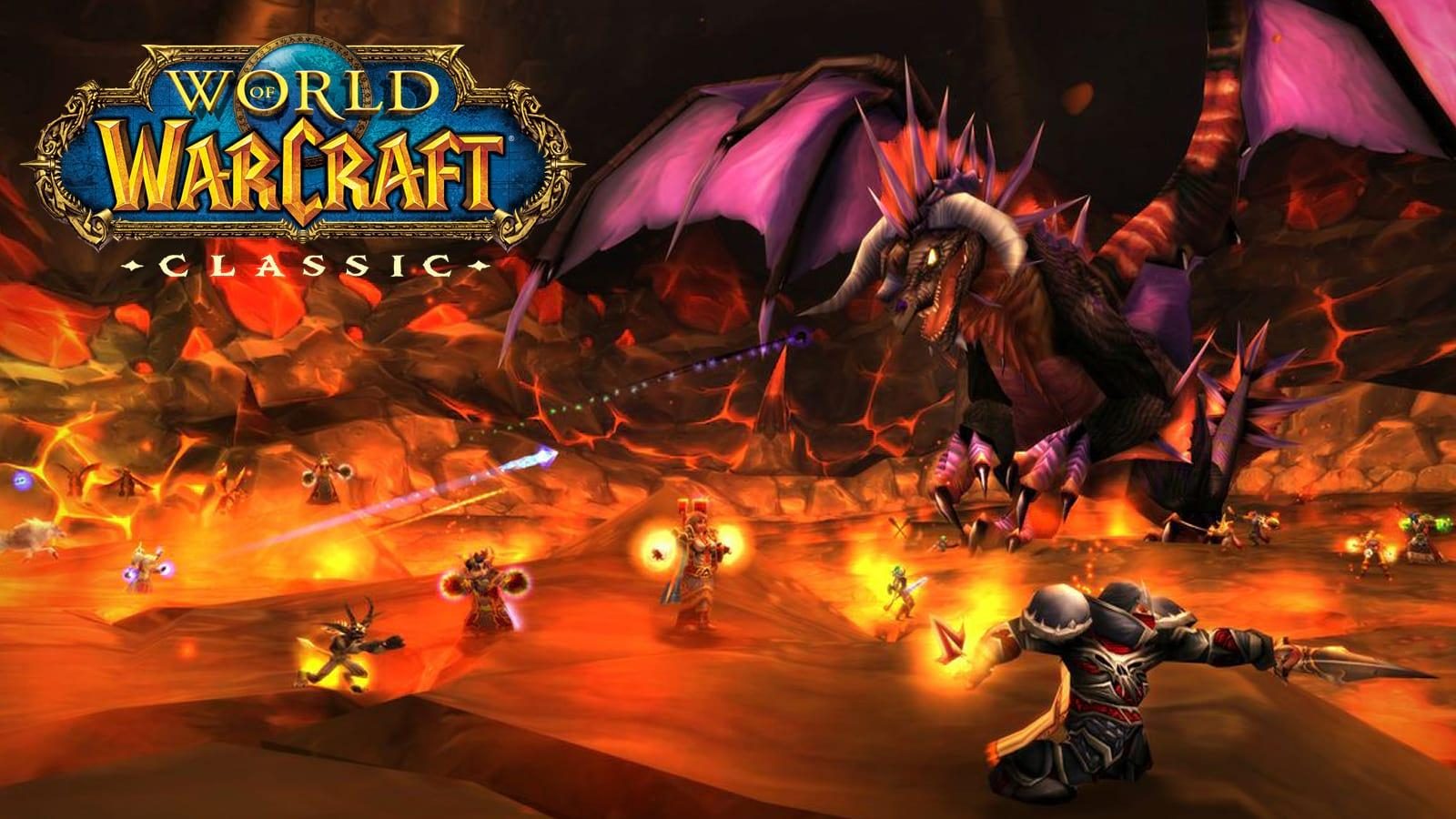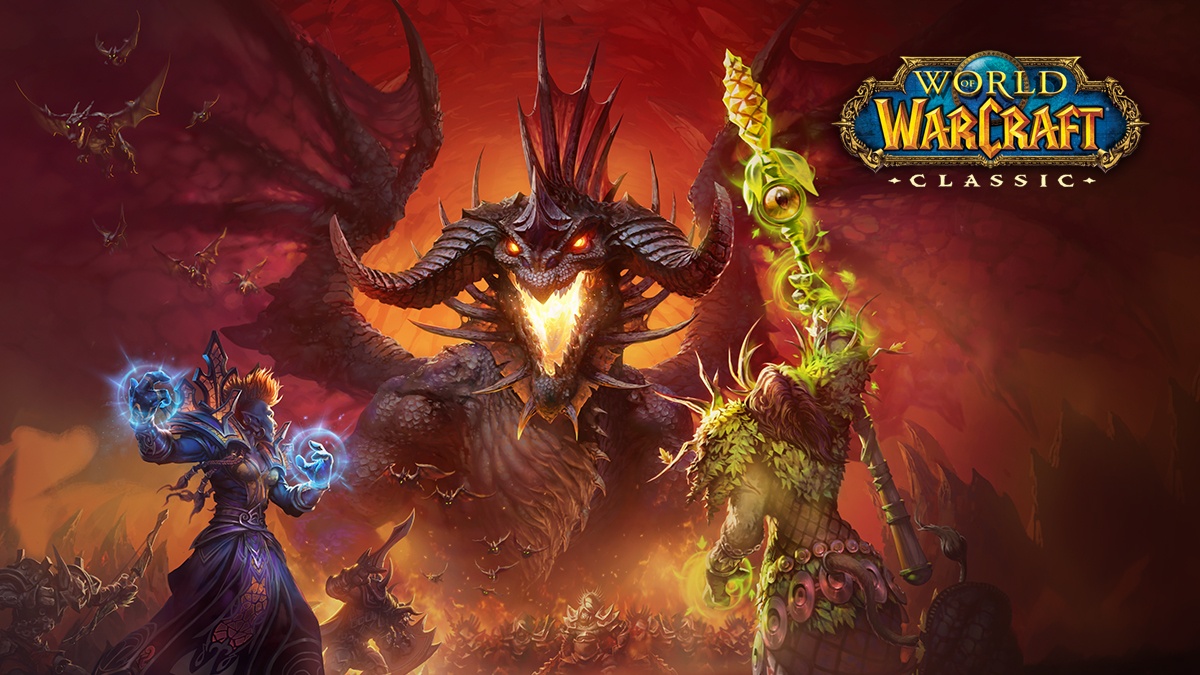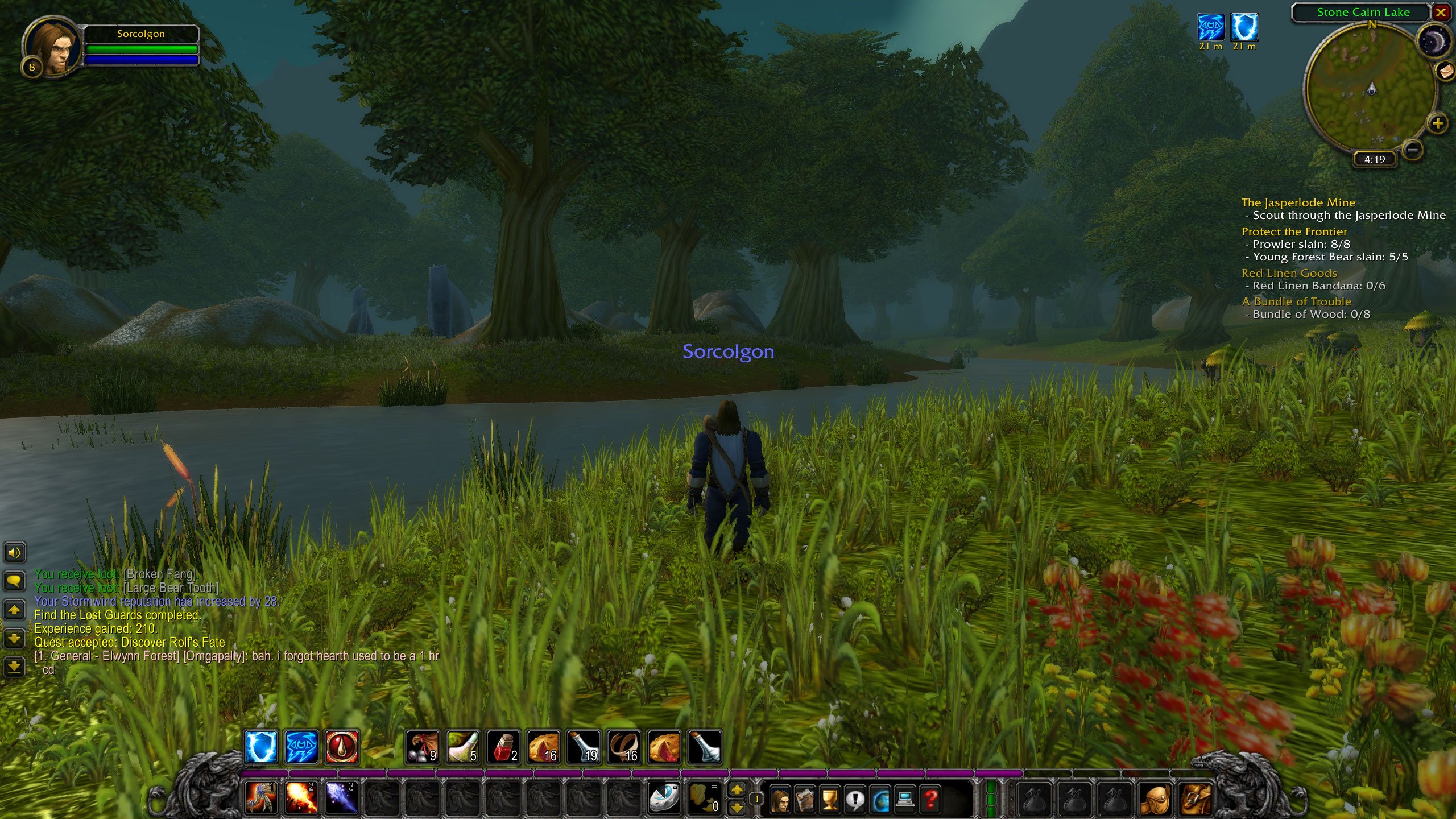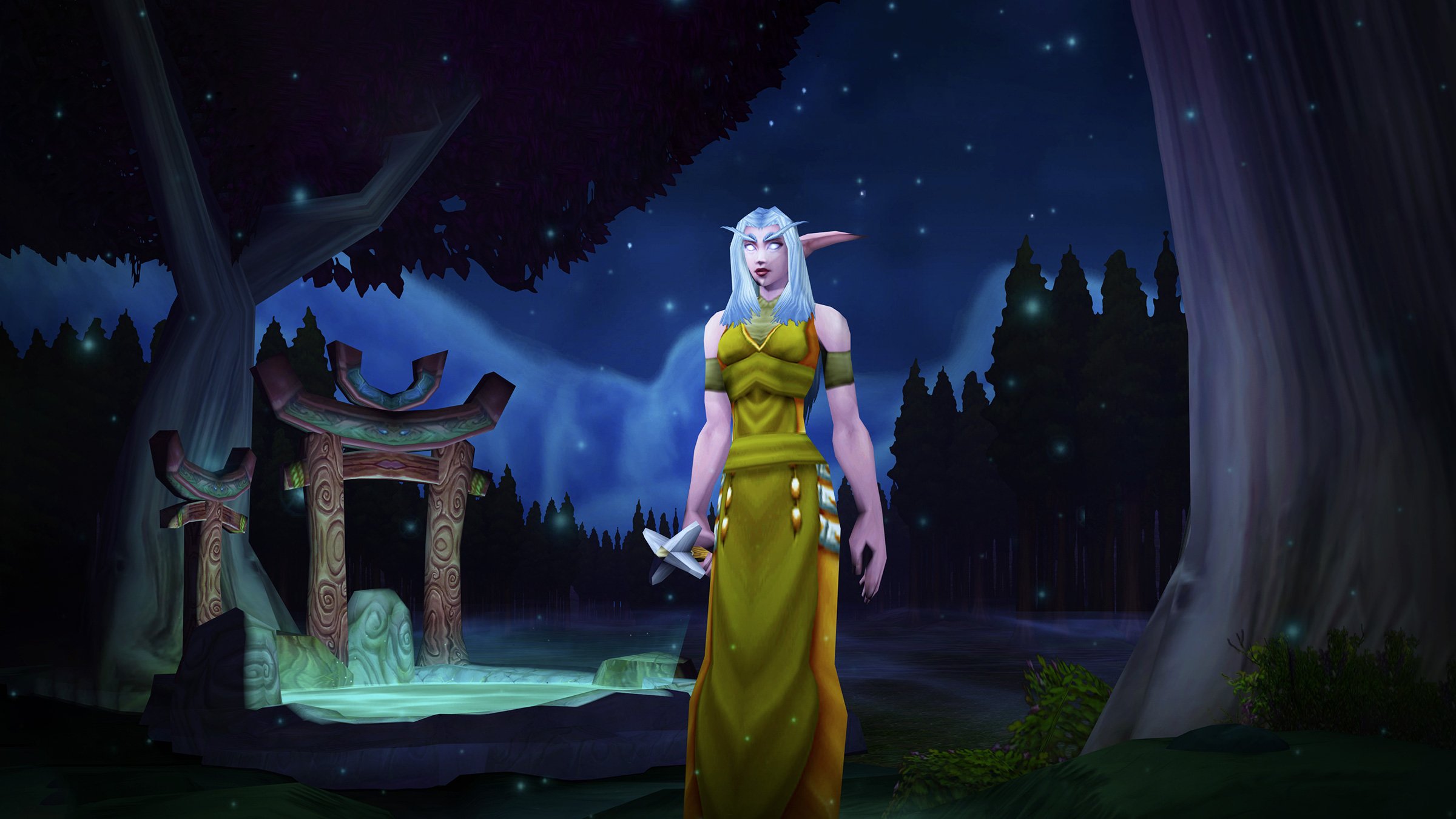My foray into the vast universe of MMOs began with EverQuest. For those unfamiliar, it was one of the very first graphical 3D MMORPGs ever made. It took a lot of concepts from Ultima Online’s top-down 2D world and applied them to a fully-realized 3D adventure. In 1999, it was one-of-a-kind, and it’s still going to this day, although it’s nowhere near as popular as it once was.
In 2004, World of Warcraft released alongside EverQuest 2, and it doesn’t take a history degree to know which game proved more popular. Blizzard’s juggernaut wiped out all competition and is still, even 15 years later, the reigning MMORPG champion, boasting a massive fanbase.
But it’s not the same game that it once was — MMOs are persistent, living worlds that change and grow. Several expansions have dramatically altered the game’s mechanics, added tons of new content and zones, and even changed existing ones.
Recognizing Influence
World of Warcraft Classic is like a time machine to a simpler time; a time capsule of what the world of Azeroth was like at its inception rather than the world that exists today. As someone that never played WoW other than perhaps one or two short times out of curiosity, approaching WoW Classic wasn’t a walk down memory lane for me at all. It was more like entering a living museum that was reanimated as a sort of experimental roleplaying adventure.
The main difference between playing World of Warcraft Classic right now versus playing the original World of Warcraft when it launched 15 years ago is the state of the MMO market as a whole. Back then, it was still a niche genre that a very small section of the overall gaming community knew or cared about. For all intents and purposes, WoW was the breakout mainstream success that put the MMO as a whole on the map. Now we’re inundated with MMOs across Steam, mobile devices, and consoles.
From free-to-play games, a handful of subscription-based options, buy-to-play MMOs, and a slew of shared-world games that borrow heavy inspiration from MMOs without fully committing to the design (such as Destiny, The Division, Warframe, Monster Hunter, and others) the concept of a persistent, shared world shaped by its players that exists as a living, breathing place is now the norm.
That’s due in large part to Blizzard and World of Warcraft.
Is It Actually Fun If You Never Played?
I’m really enjoying World of Warcraft Classic, probably for most of the reasons a typical gamer in 2019 will hate it. My current modern MMO of choice is Elder Scrolls Online, and I love how streamlined and accessible it is with a heavy focus on exploration, world-building, and storytelling with its lateral progression rather than min-maxing and grinding along a gear treadmill. That being said, as far as MMOs go, ESO and WoW Classic couldn’t be more different.
In ESO (and Guild Wars 2 for that matter) the entire world is leveled to your character. So if you return to a starting zone once you’ve hit max level, it’ll still take a few hits to kill even the most basic enemies, and if you adventure into an adjacent zone while leveling up a new character, you won’t get immediately murdered on sight.
The idea here is that now it’s possible for everyone to play with everyone else at any time, in any zone. If your friend is 40 levels higher than you, at least you can do some quests or run dungeons together because levels have far less weight than in other games.
WoW Classic is the exact opposite of that. If an enemy is two levels higher than you, then you better hope you’ve got plenty of healing items or are ready to tuck tail and run away because it’ll be a tough fight. Combat is very slow and methodical in terms of ability rotations and in general, you’re not moving much while fighting.
In this way it borrows heavily from EverQuest before it, albeit with more flourishes. Levels are extremely important, as are gear and stats, for more so than pure skill in WoW Classic. You have to earn the privilege of being considered powerful, and you’ll feel it when you get there. In a way, I really like that.
As much as I Iove ESO because of how it respects my limited time via its ubiquitous fast travel wayshrines, the streamlined guild finder and group finder systems, and all of the various ways it makes things as accessible as possible — while still being fun — and results in a lot of what originally drew me to MMOs.
Most notably, it’s the sense of being a small speck in a vast sea of possibilities. In WoW Classic, there is no group finder. If you want to run a dungeon then you better either be in an active guild or get familiar with the zone chat terminology really fast. Playing a tank or healer? You shouldn’t have much trouble finding a group. If you’re DPS, then it’ll be a bit harder because of pure supply and demand.
In WoW Classic, people sell items by posting in various chats, bartering and seeking interested players. Kill stealing is a very real thing out in the open. Quest objectives aren’t shared, so if you need to kill a certain enemy to finish your quest but other people are waiting on it to respawn, then you might need to literally get in line for the chance.
Grinding Like It’s 2004
A lot of this sounds inconvenient, but it’s designed in such a way that it makes the world feel more active and believable as a result. Rather than playing a game that’s designed to funnel you from one piece of content to the next, WoW Classic gives you the tools but asks you to find your own fun.
One great example of this, something I initially hated but grew to love, is the quest journal. When you get a new quest from an NPC, there are no waypoints on your map, no mini-map icons, no compasses to point you in the right direction. You need to actually read dialogue and check your journal notes to see where you need to go. Reading directions from the log and using things like landmarks and environmental clues is essential. It reminds me a lot of what quest journal entries were like in The Elder Scrolls III: Morrowind.
A bit tedious and annoying, sure, but it contributes very strongly to that sense of presence and immersion that’s so important for an MMO. It’s a stark contrast to the auto-run feature in Black Desert Online, for example, which, when enabled, literally just makes your character follow a trail as they run automatically between quest objectives.
All that being said, other than some of the subtle nuances and trends I mentioned before, MMOs really aren’t that different today than they were back then. You’re still creating a character that starts mostly from scratch, completing quests, slowly leveling up and learning new abilities, finding loot, unlocking new zones and areas, clearing dungeons, grouping up with people, and so on. The progression, format, and designs are all basically the same.
This could be viewed as a huge compliment to WoW, that it apparently nailed the formula so early on it’s had the biggest influence possible on the genre as a whole. But at the same time, it’s a sign of the lack of innovation across the market as well, especially if I can boot up a 15-year old game and start feeling comfortable pretty quickly with very little hassle.
I don’t know if I will stay subscribed to World of Warcraft Classic after the first couple of months, but I don’t regret jumping in at all. It’s refreshing to return to the genre’s fulcrum point that took it mainstream, and I can easily see the polish and appeal.
If you’re keen to try it for yourself, you can download Blizzard’s game client and subscribe for a month for $15.











Published: Sep 10, 2019 03:56 am